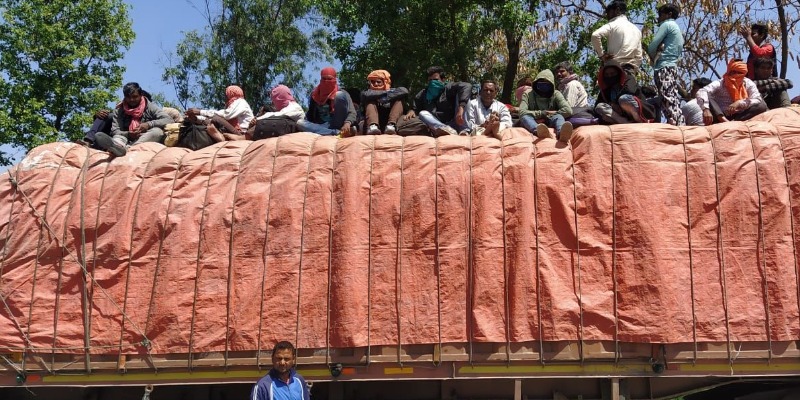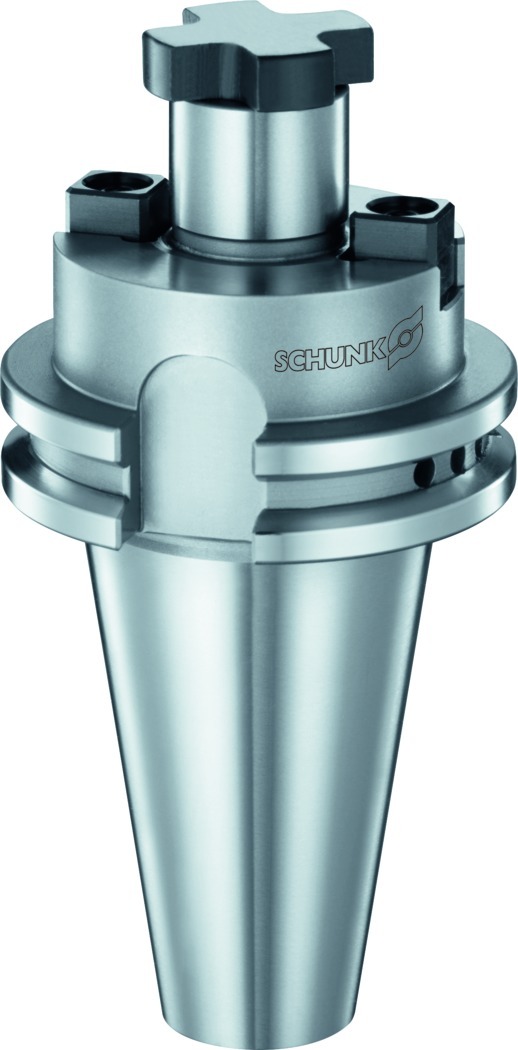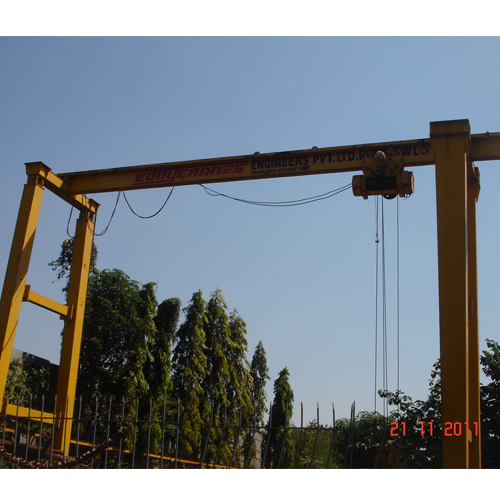Schedule a Call Back
Knowhow: Social Security Schemes for organised and unorganised sector
 Industry News
Industry News- Mar 25,21

As per the Periodic Labour Force Survey (PLFS) carried out
by the National Sample Survey Organisation of the Ministry of Statistics &
Programme Implementation, in the year 2017-18, the total employment in both
organised and unorganised sector in the country was around 47 crores. Out of
this, around 9 crores are engaged in the organised sector and the balance of 38
crores are in the unorganised sector.
The categories of the workers have been divided into three
categories
- Establishments with 10 or more workers
- Establishments with 20 or more workers
- Workers engaged in unorganised sector
The ESI Act, 1948 is the Social Security legislation
applicable to all factories & notified establishments employing ten or more
persons, which are in ESI notified areas and as such it does not apply to the
unorganised sector. Employees earning wages up to Rs 21,000 per month (Rs
25,000/- in the case of persons with disability) can be covered under ESI
Scheme and are entitled to all benefits available under ESI Act, 1948. At
present the ESI Scheme stands extended to 575 districts in 35 States/ Union
territories. The total number of insured persons covered under ESI Scheme as on
March 31, 2020 are 3.41 crore and 13.24 crore total beneficiaries. ESI
contributions are paid by employers at 4 per cent, of which the employees or
workers contribute to the extent of 0.75 per cent of their wages and the
employers contribute to the extent of 3.25 per cent of their wages. Such
contributions entitle them to all benefits available under the ESI Act.
The benefits of social security to the workers employed in
organised sector establishments with 20 or more workers under the Employees’
Provident Fund and Miscellaneous Provisions Act, 1952 are extended through
following three schemes:
- The Employees’ Provident Funds Scheme, 1952
- The Employees’ Pension Scheme, 1995
- The Employees’ Deposit Linked Insurance Scheme,
1976
The employer and employee both contribute 12 per cent of
wages towards the provident fund. Out of this, 8.33 per cent is diverted towards the pension fund. The employer also contributes to EDLI Scheme at 0.5 per cent of
wages. During the year 2019-20, 4.89 crores members contributed under the
Scheme.
For the workers engaged in the unorganised sector, social
security benefits are being addressed through the Unorganised Workers’ Social
Security Act, 2008. The act empowers the Central government to provide social security
benefits to unorganised sector workers by formulating suitable welfare schemes
on matters relating to (i) life and disability cover, (ii) health and maternity
benefits, (iii) old age protection and (iv) any other benefit as may be
determined by the Central Government.
The state governments are also empowered to formulate suitable welfare
schemes on the matters regarding housing, provident funds, educational schemes,
skill upgradation, old age homes etc.
Life and disability cover is provided through Pradhan Mantri
Jeevan Jyoti Yojana (PMJJBY) and Pradhan Mantri Surksha Bima Yojana (PMSBY).
Benefits under the schemes are for Rs 2 lakh on death due to any cause &
permanent disability, Rs 1 Lakh on
partial disability while Rs 4 lakh on death due to accident to the unorganised workers at the annual
premium of Rs 342 (Rs 330 for PMJJBY + Rs 12 for PMSBY) depending upon their
eligibility.
The eligible unorganised workers can avail this scheme from
their respective banks at an annual premium of Rs 342. As on December 30, 2020,
9.70 and 21.87 crore people have been enrolled under PMJJBY and PMSBY
respectively.
The health and maternity benefits are addressed through
Ayushman Bharat-Pradhan Mantri Jan Arogya Yojana (AB-PMJAY), a
universal health scheme administrated by the National Health Authority. The
number of eligible beneficiaries under the Social Economic Caste Census (SECC) of
2011 based on select deprivation and occupational criteria across rural and
urban areas is 10.74 crore families (50 crore people). The scheme gives
flexibility to states/UTs to run their own health protection scheme in alliance
with AB-PMJAY. The states/UTs implementing AB-PMJAY have further expanded the
coverage of the scheme to include 13.13 crore families (65 crore people).
For old age protection to unorganised sector workers
including traders, shopkeepers and self-employed persons, the government has
launched two flagship schemes namely Pradhan Mantri Shram Yogi Maan-DhanYojana
(PM-SYM) and National Pension Scheme for Traders, Shopkeeper and Self-Employed
Persons (NPS- Traders). Under these
schemes, beneficiaries are entitled to receive a minimum monthly assured pension
of Rs 3000 after attaining the age of 60 years. The workers in the age group of
18-40 years whose monthly income is below Rs 15000 can join the PM-SYM scheme
and traders, shop keepers and self-employed persons whose annual turnover is
not exceeding Rs 1.5 crore can join NPS – Traders scheme. These are voluntary and contributory pension
schemes and monthly contribution ranges from Rs 55 to Rs 200 depending upon the
entry age of the beneficiary. Under both the schemes, 50 per cent monthly
contribution is payable by the beneficiary and an equal matching contribution is
paid by the Central Government. Both the schemes are being implemented in all
the states/UTs of India. The details of numbers of beneficiaries as on February
28, 2021 under PMSYM and NPS Traders, 44.90 lakh and 43,700 respectively.
This information was given by Santosh Kumar Gangwar, Minister
of State (I/C) for Labour & Employment in a written reply in Rajya Sabha
recently.
Related Stories

Collins Aerospace Opens Major Manufacturing Hub in Bengaluru
New 26-acre facility to produce advanced aerospace systems for global markets.
Read more
Servotech Renewable Wins Rs 163.1 Mn Solar Project from REMCL
Servotech Renewable Power System Ltd. has been awarded a ?16.31 crore on-grid solar project by Railway Energy Management Company Limited.
Read more
Global Electronics Association Unveils Double Materiality Toolkit for CSRD Compliance
The Global Electronics Association has launched a DMA Toolkit to help electronics companies meet CSRD reporting demands with structured, sector-specific guidance.
Read moreRelated Products

Face Mill Arbors
Schunk Intec India Pvt Ltd offers a wide range of face
mill arbors.

Reduction Sleeves
Prominent Machine Tools offers a wide range of reduction sleeves.

Gantry Goliath Cranes
Eddycranes Engineers (P) Ltd offers a wide range of gantry goliath cranes.













